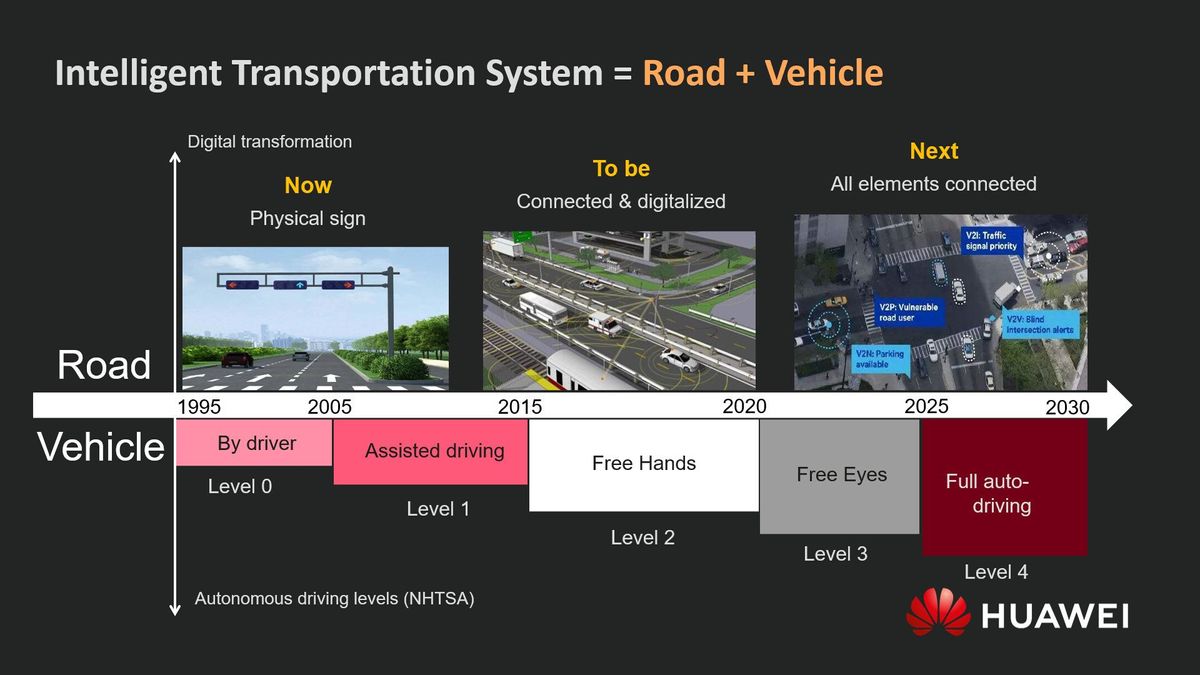ITAPA 2020: Smart traffic systems in Europe could annually save 20 thousand lives

*** TASR Original Text Service (OTS) ***
Bratislava, December 8th 2020. Two weeks the Slovak network frequency auction was finished, government officials, operators and experts from leading technology companies discussed ways to use 5G networks to benefit the society. The most important areas where the fifth-generation networks can be used properly include intelligent healthcare, industry 4.0, but also the digitization of public administration or intelligent transport systems – these were also among the main topics at the ITAPA 2020 congress.
As part of a panel focused on the development of industry and society, representatives of ministries, operators, but also suppliers discussed possible digitization solutions through implementation of 5G. Andrej Doležal, the Minister of Transport and Construction, assumes that the successful completion of the 5G auction will soon elevate Slovakia among the leaders in digital innovation. The Ministry of Transport, in cooperation with the Ministry of Investment, Regional Development and Informatization of the Slovak Republic, is currently working on a national strategy – aiming to provide state broadband connection and at the same time actively cooperate with operators.
Rafal Jaczynski, Regional Cyber Security Officer for CEE & Nordics, who partook in the panel as well, said that innovations in transport were the most viable way and first step for the Slovak Republic to start its innovation process. These will bring favorable ratio between the benefits for ordinary people and the inflow of capital. Intelligent transport infrastructure is one of the first stages in building smart cities. In their concept form, they are still far from real, but its individual elements are already visible today, especially in larger cities.
According to Jaczynski, the key to proper functioning of such a system is the correct setting of intelligent transport corridors and additional infrastructure, not just the vehicles themselves. Therefore, in addition to the manufacturers of autonomous vehicles, the responsibility would also fall on the state apparatus, local governments and municipalities.
“For example, it is very difficult for onboard security systems of vehicles to react to obstacles and dangerous beyond the line of sight, or in difficult weather conditions. However, let the car communicate directly with the road and additional infrastructure, and these limits will become irrelevant. At best, such a system could save up to 20,000 people a year from accidents in Europe,” explains R. Jaczynski.
At present, we already have the capacity in Slovakia to create such a transport network, but without 5G we would encounter several significant problems. “At the moment, we would be able to create such a system via Wi-Fi, but we would be hampered by too high latency and possible connection outages, better solutions are LTE (4G) and of course 5G technologies,” adds R. Jaczynski.
Currently, there are no commercial 5G networks in operation in Slovakia. Recently, the network operator O2 started testing such a network in Bratislava. It uses components from relevant suppliers – Ericsson, Nokia, Huawei and ZTE. Generally, the full global commercial deployment of 5G is expected to be completed by 2025.
*********************************************************************
We would like to remind our customers that materials marked as OTS are provided as part of the Original Text Service and the News Agency of the Slovak Republic (TASR) cannot be held responsible for their content.
*********************************************************************
